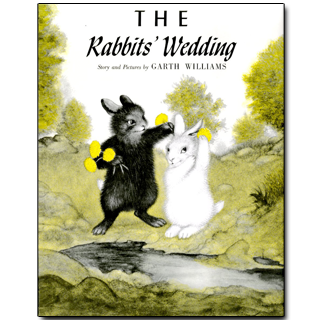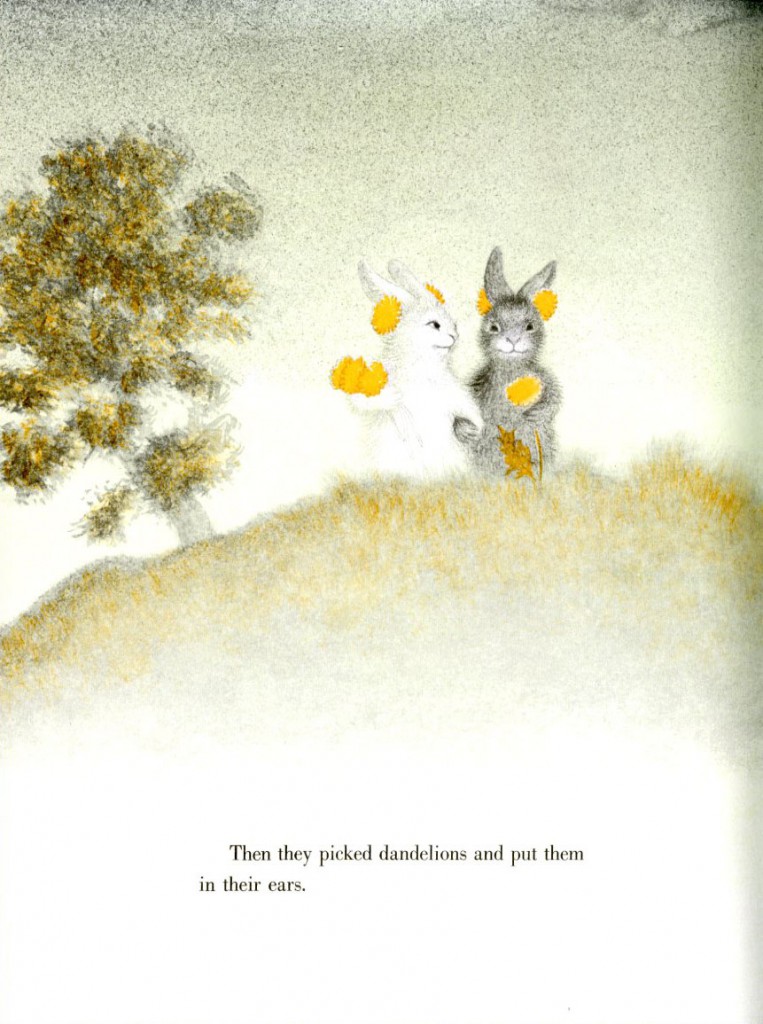
A FEW OTHER EVENTS FOR
SEPTEMBER 30:
- Happy birthday Nette Hilton (Andrew Jessup) and Elie Wiesel (King Solomon and His Magic Ring).
- It’s the birth date of Edgar D’Aulaire (1898-1986), Abraham Lincoln and D’Aulaires’ Book of Trolls, Alvin Tresselt (1916-2000), White Snow, Bright Snow; Hide and Seek Fog, and Carol Fenner (1929-2002), Yolanda’s Genius.
- The protagonist of Daniel Defoe’s Robinson Crusoe is shipwrecked on a tropical Island on this day.
- On this day in 1791, Mozart’s last opera, The Magic Flute, premiers in Vienna. Read Polo and the Magic Flute by Règis Faller.
- In 1947, baseball’s World Series was televised for the first time. Read First Pitch by John Thorn.
- It’s Ask a Stupid Question Day, though most teachers and librarians will tell you there are no stupid questions. Read The Stupids Step Out by Harry Allard, illustrated by James Marshall, and The Three Questions by Jon J. Muth.
Sometimes, after a controversy has swarmed around a book, it is almost impossible to see it as the author intended. That is true of today’s book for Banned Books Week (September 22-28), Garth Williams’s The Rabbits’ Wedding—one of the next major picture books, after The Story of Ferdinand to create an incredible ruckus. At its heart, The Rabbits’ Wedding is a simple love story with spectacular art, executed in black, white, and yellow. A creator who crafted iconic illustrations for some of our great novels—such as Charlotte’s Web and the Little House books—Williams could also pull off a picture book with dexterity and grace.
In The Rabbits’ Wedding two rabbits, who live in a forest, love to hop, skip, jump, and play games together. The male rabbit is thoughtful and pensive; the female rabbit more playful and happy. He keeps thinking about how he wants them to be together always. And in a predictable conclusion, he asks her to wed. Then they have a celebration where all the other animals come to dance in a circle around the newly married bunnies. Sunlight, dandelions, pastures—all is bliss in this book. Trained as a sculptor, Williams brings weight and texture to his art creating characters that seem three-dimensional and ready to come off the page.
So why the controversy over this seemingly innocent title? Published first in 1958, The Rabbits’ Wedding features black and white rabbit protagonists. The artist most likely chose these colors to help delineate the two characters in a limited-color book, but adults interpreted this lovely romp in the forest as an endorsement of interracial marriage. As Leonard Marcus recounts the controversy in Minders of Make-Believe, The Montgomery Home News condemned the book, then Alabama politicians rallied against the book and spoke out against the director of the Alabama Public Library Service Division, Emily Reed. She had held her ground in ordering copies of this racy title to circulate to Alabama libraries.
I believe The Rabbits’ Wedding is simply a sweet idyll about two rabbits that fall in love. That is my story, and I’m sticking to it. But take a look yourself. Times have definitely changed; if you want to provide a lovely gift for an interracial couple, you definitely would want to consider The Rabbits’ Wedding. But it works for any romantic—after all, our protagonist only wants to be with his loved one “forever and always.”
Here’s a page from The Rabbits’ Wedding:
Originally posted September 30, 2011. Updated for .







Could be considered newly relevant, I suppose, but looks like just a charming bunny tale to me. I have never seen nor heard of this book before, although in 1958 I would have been too old for a picture book. I never ran into it when choosing picture books for my own children, so perhaps it was out of print for a while? Or the hubbub was successful in unofficially suppressing it? I do remember parents poring over our local school library catalog in an organized attempt to cull out offensive material (I don’t think they were successful, but who knows what the principal may have agreed to behind doors?), but their targets were more the middle-school age books, if I recall correctly.
Mary: I think this charming bunny tale, and that is really what it is, has been in print continuously. But of course it may not have been part of the library collection you used. Most who read it after the controversy never thought it anything other than a love story.
I’d never heard of this one either. Now, I’ll be on the lookout. Looks adorable! Folks can find a controversy in anything.
All Creatures Great and Small.
I kept reading to see what could possibly have been the reason to want to ban this book. I was stunned to read it was the colors of the rabbits. For goodness’ sake! It’s just a book! (and a sweet one!) Do you think it could cause the same reaction today? Hope not.
I was born in 1959 and lived in the Chicago area all my life so this book should have been in rotation in the library or bookstore when I was a child, yet I’ve never seen it before. Too bad since Ferdinand the Bull was my favorite story and I’m sure I would have loved it. It looks sweet and I know I never would have given a thought to the color of the bunnies although who know what the adults in my life were thinking as my mother did grow up in the South.
I love all Garth Williams books! Especially a Little Golden book about kindergarten. And I love this daily book sharing!
Thank you for this, Anita! I didn’t know about it, but I love Garth Williams, love the sweet innocent book.
Anita, I love, love, love this book! . I cherish my autographed copy! Both my girls grew up with this story, and I promote it whenever I can. I use it when I teach intellectual freedom/censorship in my child lit class. Recently gave a copy to my older daughter to use as a guest book at her wedding (she also gave a copy of it to the flower girl as a gift). Judging from inscriptions in the book, guests actually read it before signing!
@Debbie McLeod, what a lovely idea for a guest book! I think I will do something similar for my son’s next birthday. Now I just need to pick out the book!
I grew up listening to my mother read this to me (I can still hear her as she gave special voices each bunny), and read it over and over and over when I could finally read the words for myself. I read it to my son, and have it still, battered and very much loved. One of the sweetest treasures from my childhood. The really wonderful part is I didn’t know it was a commentary on interracial marriage until my mother told me when I got it out to read it to my son! Acceptance and tolerance was so naturally ingrained in my family, it never occurred to me that bunnies – or anything – of different colors couldn’t love each other and be married — with dandelions stuck in their ears! Lol. This was in the early 60’s.
This was the first book I ever receiced as a gift and it was Christmas 1964 when I was five years old. I loved it then and love it now. I kept the book safe at my mum’s, but just today, I had to finish emptying her house as she passed in May. I’ve brought the book home with me and swear I shall never ever part with it.